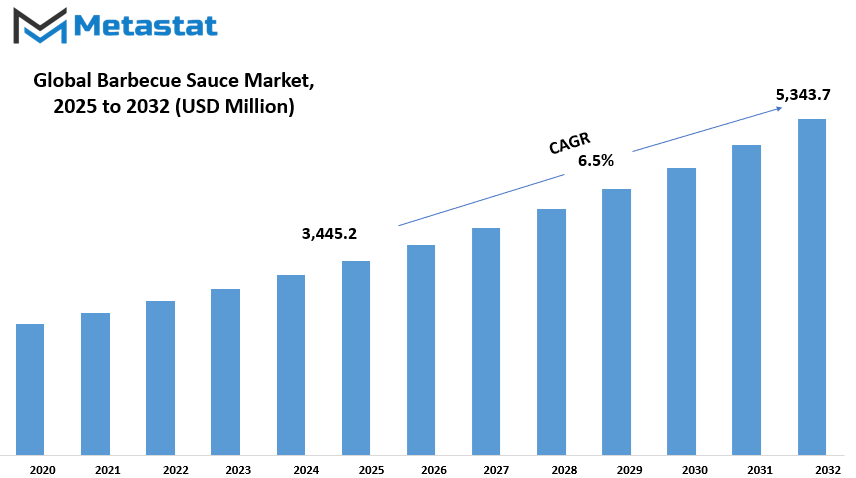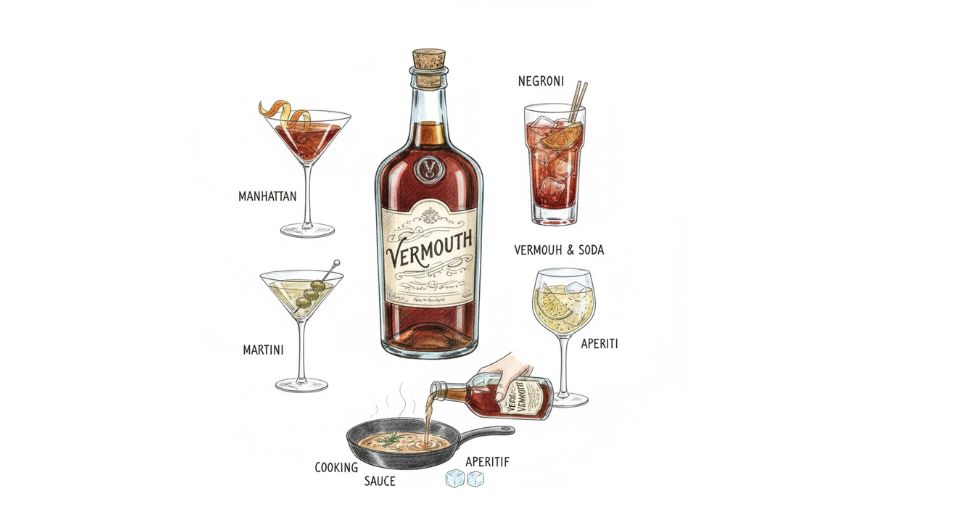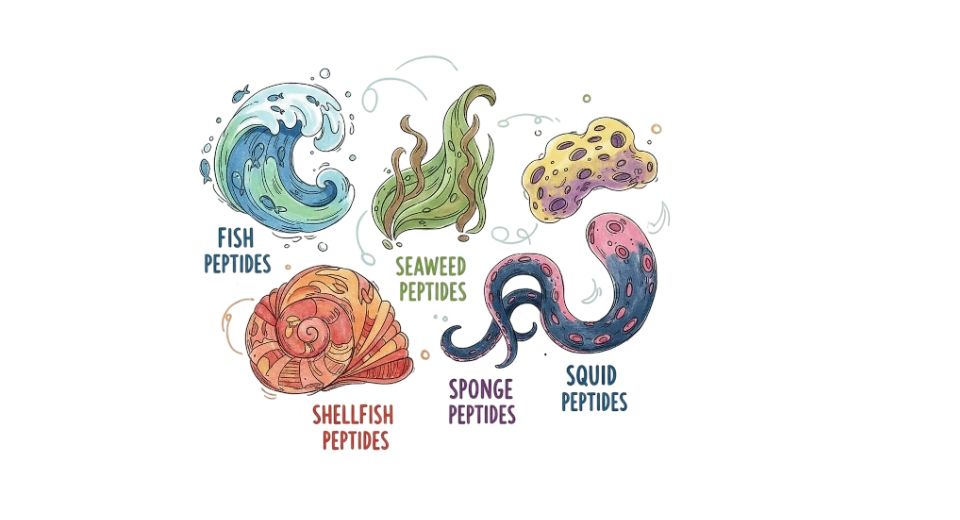MARKET OVERVIEW
The Global Barbecue Sauce market is moving in a direction that goes far beyond traditional consumption patterns and regional preferences, hinting at deeper shifts within the food and condiment industry. Primarily connected with American style grilling and smoked meats, barbecue sauce, however, is entering an era of redefinition influenced by changing consumer behaviors, shifting culinary trends, and expanding cultural interpretations of flavor. This transformation will not only involve taste but will also look into the perception, usage, and integration of the product into future foodways.
In coming years, the Global Barbecue Sauce market will be affected by how different societies view authenticity against innovation in their food choices. While the sauce has remained true to its specific regional tastes in the past-sweet, tangy, spicy, or smoky-the interpretation for tomorrow will transcend all these borders. Culinary experimentation driven by the younger generation will, thus, breed a kind of fusion flavor that will contest the traditional configuration of what barbecue sauce represents. Fermented infusions to cross-border spice blends will tilt the market toward more culturally inspired and diverse variations. These reinterpretations shall not form a replacement to classic flavors but will co-exist in conjunction with them, providing greater options to a more inquisitive and food-conscious consumer base.
At the same time, the Global Barbecue Sauce market will witness a similar wave of change regarding how the product will be positioned in households and commercial kitchens. Once a seasonal or occasional item, barbecue sauce is all set to take its place in daily cooking routines. People will start to understand barbecue sauce as an ingredient for preparing, marinating, or even dipping foods away from meat or open flame construction. Its versatility will expand into vegetarian and vegan cooking, rice bowls, wraps, street food from different cultures, etc.
This market will not advance by flavor diversification or increase in product utility. Rather, consumer participation will take narrative forms that tell the story of ingredients and ingredient sources, production processes, and cultural narratives attached to the product. In this context, barbecue sauce will begin its evolution from condiment to storytelling medium, from which brands will build a unique brand identity through regional recipes or limited-edition launches tied to particular festivals, cities, or historical moments. The emotional currency of the product will increase as it resonates more deeply with those who seek meaning in their buying choices.
With supply-side considerations also at play, the Global Barbecue Sauce market will, quite likely, undergo a transformation in the future. As consumer scrutiny in ingredient sourcing mounts, brands will be compelled to rethink the means through which ingredients are obtained and presented. ). Transparency, sustainability, and ethical farming will no longer be just marketing strategies; instead, they will become the bread and butter of any brand desiring to uphold credibility and relevance.
Global Barbecue Sauce market is estimated to reach $5,343.7 Million by 2032; growing at a CAGR of 6.5% from 2025 to 2032.
GROWTH FACTORS
The Global Barbecue Sauce Market is shaping up with many modifications in food habits and lifestyle changes. Nowadays, people are living busier lives and therefore prefer more convenient and ready-to-eat food. Not limited to Western countries, barbecue sauces, which are potentially added in good effect to the taste improvement of grilled meats and vegetables, are rapidly gaining popularity across the globe. This has been attributed to the increased quest for international dishes and the increasing audience of outdoor grilling, especially during social functions and family events. These tastes would shape the demand into different varieties, such as traditional, spicy, and smoky barbecue sauces. Experimentation with new tastes is currently on the increase among consumers. This has also encouraged the producers to bring innovative and diverse sauce options to the market.
A few challenges are present for the market along with the growth. Most important, health can be considered one of the issues. Most of the store barbecue sauces have high sugar and sodium contents which do not match health-conscious needs of consumers. As food intellectualism is growing, people become more careful about what they eat. This will maybe be a constraint for market growth, especially with people aiming to cut unhealthy elements. A further problem is the fluctuating prices of raw materials like tomatoes, vinegar, or the number of spices. All these price changes will also affect the production cost and might cause inconsistency in the pricing of consumers, which could be concerning both for manufacturers and buyers.
Opportunities that might propel the market ahead are present despite those hurdles. More and more people look specifically for organic and calorie-light options. It acquires new leeway for the producers to create healthier versions of barbeque sauces with natural ingredients and less composition. More advanced online shopping has allowed brands to be appropriate to users who may live in another area. Both big and small companies now display their products to much wider audiences, contributing to higher visibility and sales. Consumer preferences continue to evolve, and with the support of digital platforms, the barbeque sauce market can further expand by providing more choices to buyers and encouraging producers to develop their focus on innovation and quality.
MARKET SEGMENTATION
By Product Type
The barbecue sauce market around the world is doing fantastically well and growing continuously with consumer palates being some of the main motivators of the horrible sauces and the ever-increasing grilled food worldwide. One such contributor to this has been rising demand for ready-to-serve easy-to-handle flavor enhancers. Known for their rich, smoky, and slightly sweetened flavor, barbecue sauces make barbecue sauce a must-have in many kitchens around the globe, particularly in areas where food tends to be grilled pretty much all of the time. In modern society, consumers consider not only the taste of products but also their constituents: what they are made of in the food they consume; thus, one can see a bit of a trend toward sauce applications with natural and organic ingredients.
With regard to product types, the segment of the market can be categorized product-wise into conventional barbecue sauce and organic barbecue sauce. Conventional barbecue sauce continues to hold the larger share of the market valued at $2576.7 million. This is majorly because of the easy availability in different flavors and mostly cheaper. People usually prefer this taste since it is familiar and readily available for kitchen use when in haste or when there are guests. Slowly organic barbecue sauce is gaining popularity. With the growing concern of people regarding healthy lifestyles and cleaner labels, organic options are rightly making their way. Organic sauces are those that avoid artificial preservatives or additives, so appealing to discerning palates that require wellness and transparency in food labeling.
Another major influencing force has been the forthcoming international flavor trends. Consumers discourse the experiment with various cuisines and seasoning profiles, thus calling into creation sauces that amalgamate traditional barbecue flavor with spice, sweetness, or tang from various regions of the world. The launch of online food platforms and cooking shows has played a key role in creating an awareness dispelling rigidions and welcoming consumers to try on new flavors.
Possibilities are wide for these manufacturers that offer special packaging solutions for their products and reach out to potential customers via digital platforms. Be it easy-to-use squeeze bottles or eco-conscious packaging for the sustainability-minded buyers, brands are quick to adapt to the ever-changing expectations of shoppers.
The overall barbecue sauce market offers promising prospects of growth. With both conventional and organic foods proving beneficial, consumers have more choices than ever before. As eating lifestyles keep changing while demands for diverse, tasteful, and healthy options escalate, barbecue sauce shall continue to be an addition to the food table worldwide.
By Distribution Channel
The global barbecue sauce market is riding high on the back of changing consumer preferences and the growing passion for flavor-oriented home cooking. For a lot of consumers, barbecue sauce became a kitchen ingredient to turn to when there is a need to flavor dishes. There is an increasing demand for sauces that allow for quick, easy, simple enhancements of flavor as people get more into home cooking. Some regions are more affected than others, as worldwide, the current trend sees people wanting to enjoy an easy means of preparing food that tastes as if it were actually restaurant food. Taste is not the only factor driving demand; rising meat consumption, the trend of grilled food, and cultural representations on social media are also strong influences on the continued growth of this market.
One of the notable growth factors is marketing with regard to consumer access. The barbecue sauce market has been segmented into Supermarkets & Hypermarkets, Convenience Stores, Online Retail, Specialty Stores, and Others based on the distribution channel. Among these, supermarkets and hypermarkets continue to play a vital role in maintaining sales. These outlets have drastically initiated the sale of barbecue sauces, which encourages one to compare between different brands and flavors. Still, convenience stores get their share of sales, especially urban areas where people tend to grab-and-go shopping for everyday items.
Online retail is becoming another important channel. As consumers increasingly feel comfortable ordering food products online, it is no different with barbecue sauces. Online retailing offers consumers not only access to well-known brands but also a special introduction to different, unique flavors that might not be available in local stores. This channel is especially valuable to the small or niche brands trying to reach a wider audience. Specialty stores also contribute to the market by promoting premium or organic barbecue sauces to consumers concerned about health issues or other dietary needs. Other channels also enable highly productive promotion of smaller manufacturers-building awareness and loyalty for their products. These include direct-to-consumer sales and pop-up markets.
Diversity among the distribution channel options guarantees that barbecue sauces are made accessible to the consumer, irrespective of where it is or how they decide to shop. Barbecue sauce markets might continue to trail the awareness of flavor quality and the cooking interests of more home makers. Distribution of these sauces becomes a backbone in promoting the existence of barbecue sauces in the consumers' eyes so that they can find, sample, and delight in barbecue sauces that fit their growth and cooking habits.
|
Forecast Period |
2025-2032 |
|
Market Size in 2025 |
$3,445.2 million |
|
Market Size by 2032 |
$5,343.7 Million |
|
Growth Rate from 2025 to 2032 |
6.5% |
|
Base Year |
2024 |
|
Regions Covered |
North America, Europe, Asia-Pacific, South America, Middle East & Africa |
REGIONAL ANALYSIS
Looking at barbecue sauce from a geographical perspective, every region displays behavioral patterns that are unique in terms of taste and consumption habits and are also accountable for market growth. Hence, the market will be segmented by regions of interest and geographical areas: North America, Europe, Asia-Pacific, South America, and the Middle East and Africa. The North American region embraces the U.S., Canada, and Mexico. Due to a growing therapy for grilled foods and barbecue culture, especially in the United States with divergent signature barbecue styles from different states, the barbecue sauce market has a strong foothold in North America. On the other hand, Canada and Mexico also contribute to the demand for locally preferred sauce varieties.
European markets cover and include the U.K., Germany, France, Italy, and the rest of Europe. In this region, fairly broad application for usage of barbecue occurs in cemented types of marinade or dipping sauces, with increasing interest in American-style sauces. The U.K. and Germany are among the largest consumers, for demand in this area now sees stronger growth conditioned by increasing ready-to-cook convenience food consumption, among other lifestyle changes. On the other hand, culinary beacons like France and Italy are opening up to a new flavor experience. Thus, market-average sales growth for barbecue sauce shall see a gradual increase.
With rising interest on new trends of Western food, barbecue sauces are also beginning to gain popularity within the Asia-Pacific region that is being defined as India, China, Japan, South Korea, and the Rest of Asia-Pacific. Japanese and South Korean barbecue keep their own spins to grilled foods by using barbecue sauce as an embellishment to local dishes. With huge populations, China and India present opportunities for very lucrative market growth. Barbecue sauce ecology in this region is also spurred on lifestyle changes, rapid growth of fast-food chains, and changes in food value.
South America includes Brazil, Argentina, and the Rest of South America. Grilled meat is an important aspect of South American food culture, and barbecue sauce is being increasingly popular, with consumers experimenting with the sauce in different flavor blends. Contrary to these trends, countries with strong open-fire cooking traditions, especially Brazil and Argentina, increasingly see the development of the application of sauces to enhance flavor.
The Middle East and Africa can be classified into GCC Countries, Egypt, South Africa, and the Rest of the Middle East and Africa. South Africa has a firmly established tradition of barbecue, known locally as "braai," where so much sauce is used. In the GCC Countries and Egypt, there is a growing interest in Western-style condiments; barbecue sauce is becoming a favorite to pair with local and international cuisine.

COMPETITIVE PLAYERS
There is great dynamism in the global barbecue sauce market as it shifts behaviors of the people in regard to food. The need to make eating convenient is also rising by the day, and the demand for grilled and smoked foods has increased. Besides the pledge of enhancing the flavor in meats, vegetables, and other dishes, barbecue sauce has become part of the kitchen pantry in many households as well as restaurants. It caters to the taste buds of consumers ranging from the casual home cook to the professional chef and found in every home as either an accompaniment to outdoor grilling or to everyday meals. People also look for ways to add a touch of bold and tangy flavor to their cooking while spending the least possible amount of time on preparation; barbecue sauce is one of those condiments that meet this description.
All such factors are influencing the demand for barbecue sauces-the food culture trends, a rise in quick-service restaurants, and an increasing interest in international cuisines. Consumers now tend to experiment with various flavors unique, which have compelled many manufacturers to incorporate new ingredients and develop new recipes. From smokey sweet to spicy bold flavors, there are plenty of tastes for different kinds of preferences available in the market. This also allows users to taste some new flavors in comfort foods. Alongside, the healthy preference trend is leading to less-of-sugar, fewer preservatives, and organic sauces catering to health-conscious customers.
The market dominators include Kraft Heinz, Inc., Stokes Sauces LTD, The Tracklement Company Ltd., Crucial Sauce Company Ltd., FELIX Austria GmbH, Orkla ASA, Sams Fruit Products Pvt. Ltd., GBFoods (Devos & Lemmens), Remia International, Manna Sauzen, Unilever (Calvé ), Sweet Baby Ray's, KC Masterpiece, Renfro Foods, Inc., Bone Doctors Barbeque Sauce, Gourmet Warehouse, Stonewall Kitchen, Sugar Bob's Finest Kind., Wildly Delicious Preserve Co. Ltd., and Sucklebusters. Many of these companies have since focused on innovation, product variety, brand recognition, and other competitive strategies to remain in the market. Many of them have a product category of sauces from their region, making them popular in various countries. Continuous focus on quality, flavor, and a growing distribution channel is a future trend these brands are expected to play heavy roles shaping the barbecue sauce's industry. As customer preferences change and become more diversified in the markets, these companies will probably introduce more new flavors and formulations based on changing tastes.
Barbecue Sauce Market Key Segments:
By Product Type
- Conventional Barbecue Sauce
- Organic Barbecue Sauce
By Distribution Channel
- Supermarkets & Hypermarkets
- Convenience Stores
- Online Retail
- Specialty Stores
- Others
Key Global Barbecue Sauce Industry Players
- Kraft Heinz, Inc.
- Stokes Sauces LTD
- The Tracklement Company Ltd.
- The Crucial Sauce Company Ltd.
- FELIX Austria GmbH
- Orkla ASA
- Sams Fruit Products Pvt. Ltd.
- GBFoods (Devos & Lemmens)
- Remia International
- Manna Sauzen
- Unilever (Calvé)
- Sweet Baby Ray’s
- KC Masterpiece
- Renfro Foods, Inc.
- Bone Doctors' Barbeque Sauce
- Gourmet Warehouse
- Stonewall Kitchen
- Sugar Bob’s Finest Kind.
- Wildly Delicious Preserve Co. Ltd.
- Sucklebusters
WHAT REPORT PROVIDES
- Full in-depth analysis of the parent Industry
- Important changes in market and its dynamics
- Segmentation details of the market
- Former, on-going, and projected market analysis in terms of volume and value
- Assessment of niche industry developments
- Market share analysis
- Key strategies of major players
- Emerging segments and regional growth potential








 US: +1 3023308252
US: +1 3023308252






